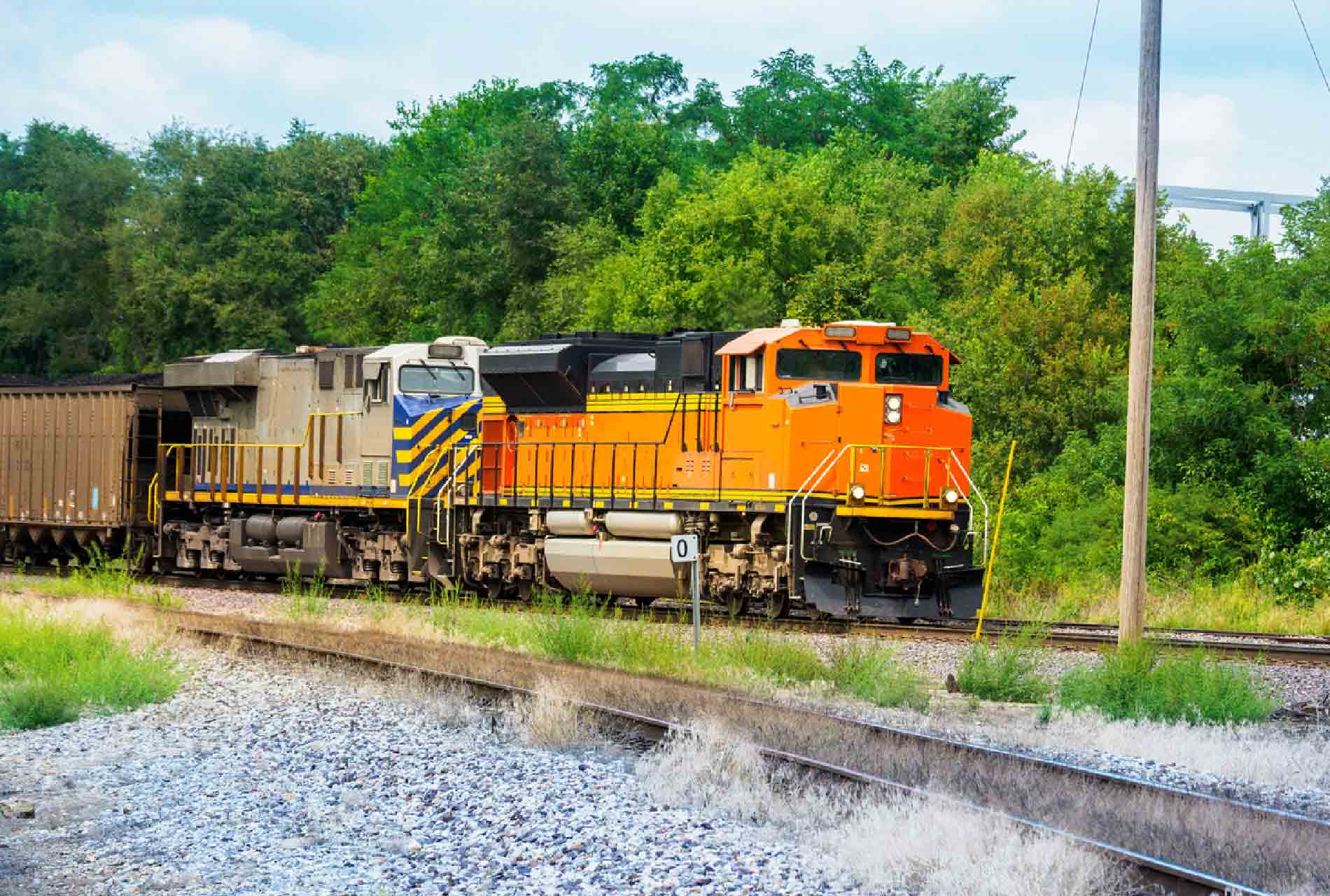Stories
U.S. Bank is on track to continue delivering for short line railroads

The bank proudly supports “the first and last mile of freight.”
In the 1970s, the railroad industry – which had flourished for more than a century – faced existential challenges from increased competition and rising costs. In response, Congress passed the Staggers Rail Act of 1980, which largely deregulated the American rail industry and ushered in a big comeback – particularly for short line railroads. This “first and last mile of freight” has kept farmers, manufacturers, and small businesses in rural areas connected to the larger economy and to consumers who depend on their goods.
The little group that could
The bank’s support for short lines dates back to 2008, when the U.S. Bank National Short Line group was launched. Tim Petty, Commercial Banking leader for Kansas, Oklahoma and Texas, says encouragement from a client helped the team find its mission. “We had been providing financial services for many years to a few railroad clients, but we knew we wanted to expand. Learning more about the industry itself was the best first step, and one of our earliest railroad clients – Watco, a diversified logistics and transportation company, and the second-largest short line rail operator in the country – helped us do just that. By sharing expertise about the railroad industry and about their business goals and experiences, Watco inspired us to create the short line team at U.S. Bank. That was back in 2008.”
“From the beginning, U.S. Bank showed us a commitment to understanding our industry and has been a great partner in our journey to serve customers,” explained Rick Webb, Watco chairman. “Sharing information about railroading early on was definitely the right approach. Now, after a 20-year relationship, the bank has helped us with many things, including creative lending solutions for multiple acquisitions. We know we can count on them, and that’s vital in our business.”
Keeping the short line rail industry on track
For the last 15 years, the Short Line group has worked to solve some of the industry’s biggest challenges. “Short lines invest up to a third or more of their annual revenues in maintaining their infrastructure, making short line railroading one of the most capital-intensive industries in the country,” said Petty. “U.S. Bank understands these complexities and can deliver the financial solutions lines need to expand or repair a track, purchase locomotives, or buy other equipment. We can also bring industry best practices, processes, and technology to help their back office lighten the load of accounting and payments and focus on more value-added activities, like customer service, vendor relations, and business trends.”
Petty points to client Carload Express, Inc. as an example of how the bank can help. Carload is a leading short line railroad and transportation company which operates almost 350 route miles of track serving Pennsylvania, Delaware, Maryland, Virginia, and the surrounding region. It had been leasing several of its rail lines from other railroads and a regional industrial development agency, and wanted to purchase the railroads outright to protect the tens of millions of dollars of investments previously made into these lines, as well as achieve a level of comfort in making significant future investments for business expansion and growth.
“By working with the U.S. Bank team, we were able to purchase a number of the rail lines that were previously being leased and expand our business, which allows us to focus on making the right decisions for our employees, customers and communities without having to pause to determine whether we should continue to invest in assets we didn’t own,” said President and Chief Executive Officer of Carload Express, Mark Rosner. “The team truly demonstrates that they have our best interests in mind and want to help us accomplish our goals.”
Alex Burke, Commercial Banking relationship manager at U.S. Bank, added that short line railroads are more than just transportation providers. “They are logistical problem solvers moving freight in an environmentally friendly way,” he said. According to the EPA, railroads can move one ton of freight nearly 500 miles on one gallon diesel fuel, and account for 40% of U.S. freight movement but only 2.1% of U.S. transportation-related greenhouse gas emissions. “By taking proactive steps to help their customers decrease freight costs and move goods faster, these rail companies are providing an important service that ensures every dime in the supply chain is used as efficiently as possible. U.S. Bank is proud to help make that possible.”
Media center
Press contact information, latest news and more
Learn more
Company facts, history, leadership and more
Work for U.S. Bank
Explore job opportunities based on your skills and location
